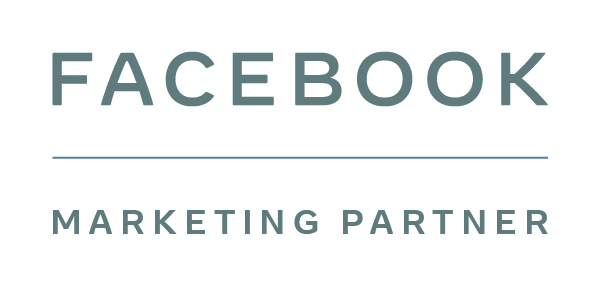Have you noticed a plateau in traffic? Or are you seeing more visitors without an increase in sales? Maybe you’re just looking for a way to boost your bottom line?
If your answer to any of these questions is yes, then you’re in the right place. Conversion rate optimisation (CRO) is all about taking visitors and potential visitors to your site and turning them into customers.
If you’ve missed any of our previous posts on CRO, including what it is, why you need it and how to carry out the tests, be sure to give them a read to find out more.
Still confused? Don’t worry, our beginner’s guide to CRO will give you a complete overview of the important stuff.
What is conversion rate optimisation?
Some ecommerce businesses pump money into SEO with the end goal of increasing traffic on their site. But if those visitors aren’t making purchases, your bottom line will likely stay the same. Before even considering SEO, your main focus should be on taking existing visitors and getting more sales out of them. How do you do that? Conversion rate optimisation.
CRO is the process of taking site visitors and encouraging them to become customers. There are several different ways to do this, whether it’s changing the colour of your checkout buttons or adding in a few key buzzwords.
How can CRO help me?
When it’s done well, CRO will improve your sales with more visitors converting into customers. But it can also help your business become more sustainable and improve the customer experience.
Most businesses have a finite number of potential customers. The demand for your products or services is not unlimited and will eventually plateau. With that in mind, you’re going to need to make the most out of the traffic that you do get.
Chances are, you’re not going to be able to drastically increase the number of visitors your site gets even with the best SEO. So, focusing on converting more of the existing visitors into customers is an easier route to a bigger business.
How is conversion rate optimisation done?
Before you can implement changes, it’s important to understand what needs changing and why. So, when you want to optimise your conversion rates, you need to gather useful data about your site.
A mixture of qualitative and quantitative data is best for a more detailed insight into your company’s progress. Using Google Analytics, for instance, you can discover how many of your visitors are converting into customers, and the path they take through your site beforehand.
Customer surveys are best for exploring the reasoning and motivation behind customers’ making purchases. Be sure to ask how buyers would describe your products, why they decided to buy them and if there was anything that almost deterred them from finalising the purchase.
How do you construct a CRO test?
Once all of your data has been gathered and you’ve got a clear idea of where your business needs improving, you’re ready to start testing. Generally, A/B testing is used for conversion rate optimisation. An A/B test involves creating 2 or more variations of a web page, running them simultaneously and analysing which variant generates the most conversions.
A/B testing can be a long and complex process. For more information, be sure to check out part 3 of our blog series about how to carry out CRO tests.
The results of your tests should be interpreted in terms of your key business goals. If, for instance, you want to improve customer interactivity, you should focus on the number of people leaving comments on blog posts or following links to social media accounts.
Boost your bottom line with Fluid Digital
Conversion rate optimisation can be complicated and, done wrong, can prove time consuming and counterproductive. With expert assistance and insight, it can drastically improve your ecommerce business.
At Fluid Digital, we generate more conversions and returning customers with proven ecommerce usability testing and conversion rate optimisation. Using industry-leading techniques, we can take an in depth look at your site, provide a detailed report and implement key changes.
Want to know more? Don’t hesitate to contact our expert team for more information about any of our services.





